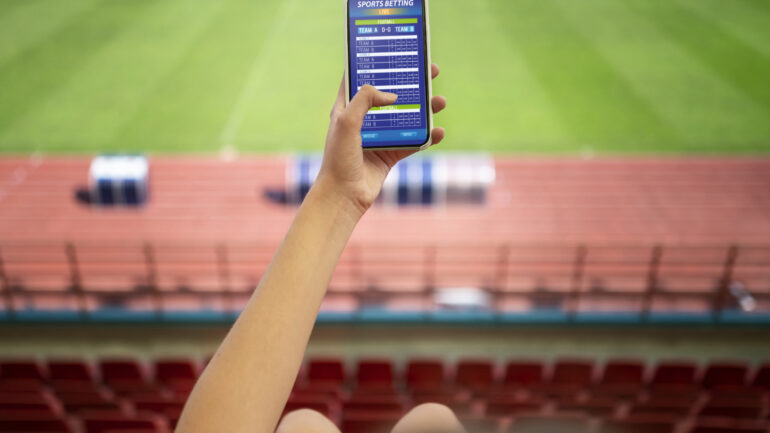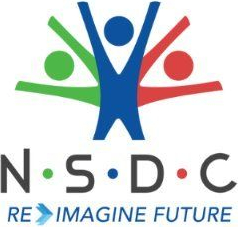Cashing In on Cricket: How Swiggy & OLA Mastered the IPL Playbook and What Other Brands Can Learn

Indian marketers are discovering an exciting new playground in the hugely popular Indian Premier League, short-form cricket tournament, thanks to digital innovation. Brands like Swiggy and OLA have observed that the key to success lies in connecting with fans’ passions, using data for individualized experiences, and creating ecosystems that go beyond just the tournament. For those brands ready to step outside the box of traditional advertising and embrace the excitement of sports, the IPL is more than just a campaign possibility—it’s a launchpad for building consumer loyalty all year round.
Per the Think Sports Index, India’s sports economy is set to double by 2030. So, the point to ponder isn’t whether to invest, but rather how to get ingenious with it. IPL captures the attention of 655 million sports fans across the country. The 2025 season is projected to generate US$600 million in advertising revenue across both TV and digital platforms, according to Media Partners Asia (MPA). This league has truly become a happy hunting ground for brands eager to tap into India’s $130 billion sports market.
Swiggy and OLA have rolled out innovative campaigns during the tournament that could serve as a blueprint for businesses looking to make the most of major sporting events. Their strategies, which focus on hyper-localization, real-time engagement, and a digital-first approach, show how brands can transform fleeting moments into lasting consumer loyalty.
Take Swiggy’s “Match Day Mania” campaign, for example: it’s a perfect illustration of how to sync a brand with the heartbeat of cricket fandom. During the 2023 season, this food delivery giant kicked off a 51-day food festival packed with IPL-themed deals, clever commercials, and promotions tailored to the context. By weaving cricket lingo into their messaging—think “Boundary Bonanza” discounts and “Sixer Meals”—Swiggy really tapped into the emotional highs of the game. The results were impressive: a 23% increase in new user orders, a 59% rise in active users, and a 4.2% boost in session duration per user.
The success of the campaign rested on three key pillars:
- Moment Marketing: Swiggy cleverly timed its discounts and push notifications to align with exciting match moments, like when a wicket fell or a six was hit, creating a thrilling sense of urgency.
- Localized Menus: By teaming up with local restaurants, they offered region-specific combos (think “Dhoni Dosa” in Chennai or “Kohli Kebabs” in Bengaluru), tapping into fans’ regional pride.
- Gamification: The “Foodie Scorecard” feature allowed users to predict match outcomes for a chance to win vouchers, mixing cricket trivia with tasty rewards.
According to Google’s internal data, searches related to the IPL on Swiggy’s app jumped by 4% during the tournament, highlighting the connection between live sports and spontaneous spending. OLA’s “Ride to Cheer” Campaign: Where Mobility Meets Fandom OLA took advantage of the IPL excitement with its “Ride to Cheer” initiative. The mobility platform collaborated with IPL franchises to provide branded auto-rickshaws and cabs, decked out in team colors and featuring in-vehicle screens that streamed match highlights.
During the 2024 season, OLA saw a 40% spike in app downloads on match days, with 72% of users choosing rides to stadiums or sports bars. A crucial part of OLA’s strategy was geo-targeting: – Dynamic Pricing: They eliminated surge pricing for rides to official IPL venues, encouraging fans to attend live matches. – In-App Contests: Users had the chance to win match tickets by predicting top performers, boosting engagement beyond simple transactions. – Post-Match Loyalty: Riders enjoyed discounts on post-game food deliveries through Swiggy, creating a closed-loop ecosystem with partner brands.
This strategy not only enhanced OLA’s visibility but also established it as a facilitator of seamless fan experiences. According to Deloitte’s analysis, these integrations helped OLA capture 1% of the mobility market during IPL months, a notable increase from 12% in non-IPL periods.
Lessons for Brands: How to Win the IPL Playbook
Swiggy and OLA’s triumphs reveal broader strategies that brands across sectors can adopt:
1. Leverage Real-Time Data for Hyper-Personalization
The IPL’s digital viewership, which reached 295 million on OTT platforms in 2023, offers a treasure trove of data. Brands like Mondelez used AI-driven tools to create 9,000 unique ad variations for its KitKat campaign, tailoring messaging to user demographics and match context. Similarly, Cadbury’s “Cricket Stadium” ad personalized packaging with team logos, driving a 27% lift in sales.
2. Forge Ecosystem Partnerships
Swiggy’s collaboration with OLA and Disney+ Hotstar (for in-stream ads) highlights the power of cross-brand alliances. Fantasy sports platform Dream11, which saw an 0% YoY growth in female users during IPL 2024, partnered with JioCinema to offer real-time stats, blending content consumption with interactive gaming.
3. Invest in Non-Live Engagement
With fans spending 20% more time on non-live content (highlights, analysis) than live matches, brands like Puma extended their campaigns beyond the tournament. Post-IPL, Puma’s “Back to the Pavilion” series on YouTube featured player interviews, sustaining engagement during the off-season.
4. Embrace Vernacular and Regional Nuances
Hindi and regional language ads accounted for 67% of IPL-related digital content in 2024, per Kantar Sports Fan Research. Brands like Paytm and Byju’s crafted multilingual campaigns, with Tamil and Marathi creatives driving 33% higher click-through rates in non-metro markets.
The Future of Sports Marketing: Beyond Cricket
While the IPL remains unmatched in scale, emerging leagues like the Pro Kabaddi League (120 million fans) and Women’s Premier League (WPL) offer untapped potential. For instance, Dream11’s sponsorship of WPL 2024 attracted 35 million female users, a demographic often overlooked in sports marketing.
Moreover, the rise of AI and AR technologies—such as JioCinema’s multi-camera angles and Meta’s VR stadiums—will enable brands to create immersive experiences. As India’s sports tech sector grows at a 19% CAGR, early adopters will gain a decisive edge.


